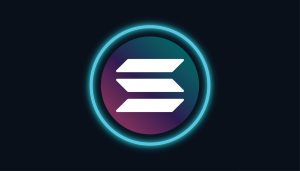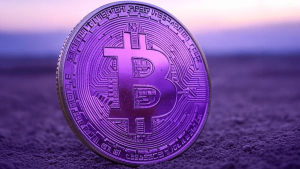Ethereum’s ‘London’ hardfork set to go live on testnets starting June 24th

The hotly anticipated “London” Ethereum hardfork now has a set block height for three Ethereum testnets — a key penultimate step towards a full mainnet launch.
In a blog post on the Ethereum Foundation’s website, Ethereum core developer Tim Beiko wrote that the Ropsten, Goerli, and Rinkeby testnets now have set block heights at which London will go live, with Ropsten expected to be the first at block 10499401, or sometime on June 24th. Goerli is expected to be next on June 30th, and Rinkeby on July 7th.
A release schedule for the all-important mainnet upgrade is still being determined, however.
“As of now, only the testnets (Ropsten, Goerli, Rinkeby) have been scheduled for London. Once the upgrade has successfully been activated on these networks, a block will be set for the Ethereum mainnet and be communicated on this blog and in other venues,” Beiko wrote.
The London hard fork upgrade includes five Ethereum Improvement Proposal (EIP) upgrades, but the star of the show is EIP-1559. An overhaul of Ethereum’s existing fee structure, EIP-1559 is expected to reduce gas costs for users significantly. It may also cut into miner revenues by upwards of 50%, however, which has led to some grublings about a “miner revolt” which has largely failed to materialize.
RELATED: Ethereum’s $1.5B options expiry on June 25 will be a make-or-break moment
The upgrade is considered to be one of many bullish catalysts on the horizon for Ethereum, not least of which is the ETH 2.0 upgrade. ETH 2.0 will transition the network to a more scalable proof-of-stake consensus mechanism, which will significantly decrease the energy consumption of validation blocks.
The blog post noted that such significant system upgrades to a decentralized system is a feat of coordination.
“The decentralized nature of blockchain systems makes a network upgrade more difficult. Network upgrades in a blockchain require cooperation and communication with the community, as well as with the developers of the various Ethereum clients in order for the transition to go smoothly.”














